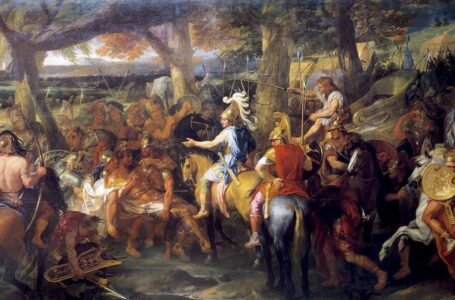The Essence of Nature and Modernism: Remembering Sumitranandan Pant

Sumitranandan Pant stands as one of the most influential poets in Hindi literature. Known for his evocative poetry that brings nature to life, Pant was a leading figure in the Chhayavaad (Romanticism) movement in Hindi literature. His verses capture both the beauty of the natural world and the intricate emotions of the human heart. Pant’s poetry remains timeless, offering a unique perspective on human existence, spirituality, and the harmonious connection between humanity and nature.
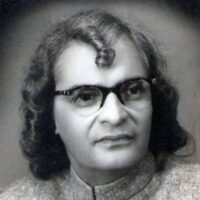
This exploration of Pant’s life, literary journey, themes, achievements, and enduring legacy aims to bring readers closer to understanding how his work continues to resonate within Indian literature and beyond.
Early Life and Historical Context
Sumitranandan Pant was born on May 20, 1900, in Kausani, a small village surrounded by the majestic Himalayas in what is now Uttarakhand. His birthplace profoundly influenced his poetic outlook, and he drew on the awe-inspiring landscapes of his childhood for inspiration throughout his life. Growing up in this beautiful and tranquil setting, Pant developed an innate sense of wonder and appreciation for the natural world, which became a hallmark of his work.
Pant’s early years were shaped by the socio-political changes that swept through India in the early 20th century. It was a time when Indian literature was undergoing transformation, with writers and poets experimenting with new ideas, themes, and forms. The Chhayavaad movement, which drew inspiration from Western Romanticism, sought to give a voice to individual experiences and emotional depth. Chhayavaad poets often explored inner conflicts, philosophical inquiries, and the natural world, marking a shift from traditional, religious-centered poetry to a more personal and introspective style.
Educated at Allahabad University, Pant came into contact with prominent intellectuals, social reformers, and literary figures who influenced his writing style. His exposure to the intellectual vibrancy of Allahabad, combined with his love for nature and innate sensitivity, prepared him to make his mark in the world of Hindi literature.
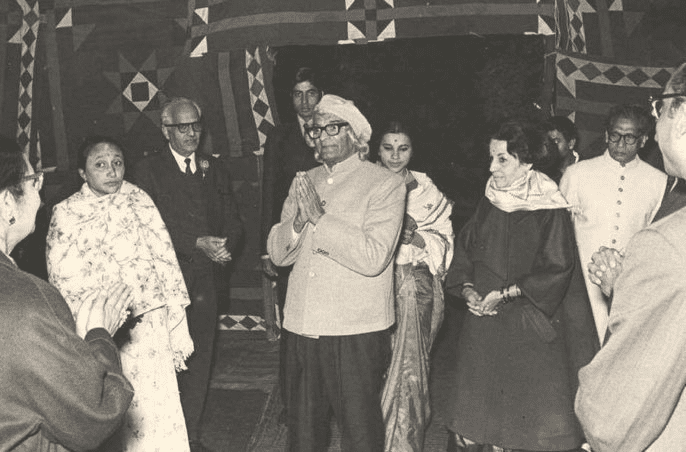
Literary Phases and Themes
Pant’s poetic journey can be divided into several distinct phases, each reflecting his evolution as a poet and thinker. His body of work offers a glimpse into his changing worldview and showcases the depth and versatility that defined his literary style.
- The Romantic Phase: Nature and Innocence
Pant’s early works reflect his fascination with the beauty of nature, innocence, and the idyllic charm of rural life. Collections such as Pallav (1930) contain poems that sing of flowers, rivers, seasons, and mountains. Inspired by the Romantic poets of Europe, particularly William Wordsworth, Pant’s poetry from this period paints vivid, lyrical images of the natural world. His words encapsulate the tranquility and purity of nature, free from human interference, and reflect a deep-seated love for the environment.
For example, in Pallav, Pant describes the beauty of a sunrise over the Himalayas and the simple yet profound joy that one experiences in witnessing the wonders of nature. His early poetry does not merely depict natural landscapes; it immerses the reader, making them feel as if they are experiencing the scenes firsthand. His poetry draws parallels between nature’s rhythms and human emotions, suggesting an underlying unity between the two.
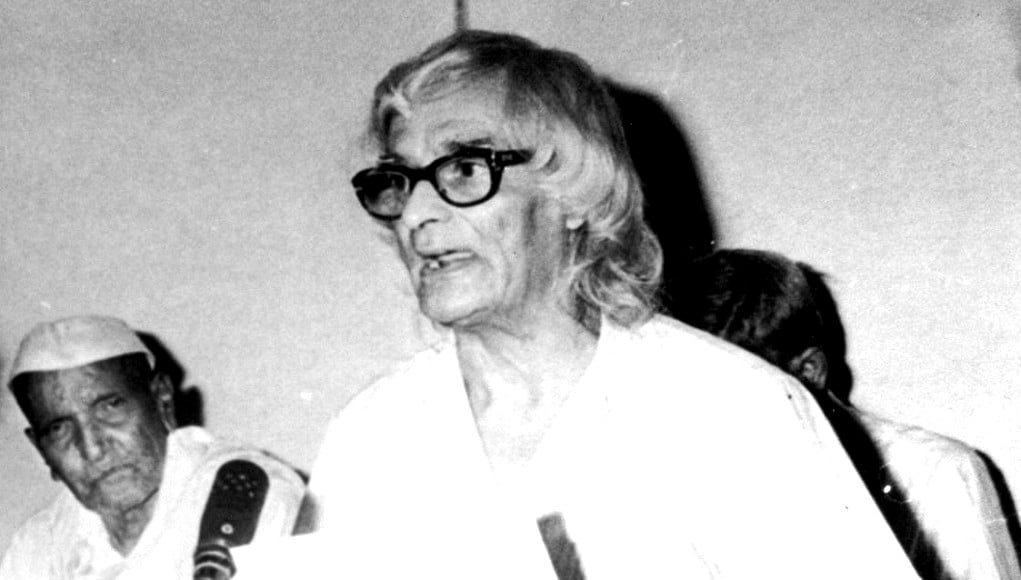
- Philosophical Inquiry and Existentialism
As Pant matured, his poetry took on a more philosophical tone. In works like Lokayatan (1942) and Yugvani (1949), Pant delves into existential questions, exploring themes of human existence, spirituality, and the eternal quest for meaning. Here, Pant’s poetry reflects a shift from an external admiration of nature to a more introspective and contemplative approach, where nature becomes a medium to explore life’s deeper questions.
In these works, Pant ponders the nature of life and death, the soul’s journey, and the interconnectedness of all beings. His poems reflect influences from Eastern spiritual traditions, such as Vedanta and Buddhism, and show his growing interest in metaphysical and spiritual inquiries. Pant’s work from this period resonates with readers who seek to understand the world beyond the material and superficial, offering a timeless meditation on life’s mysteries.
- Social and Political Awareness
Pant’s later poetry reflects a shift toward social themes, inspired by India’s struggle for independence and the social challenges of post-independence India. Collections such as Yugvani address contemporary social issues, including poverty, inequality, and the need for societal reform. His work from this period shows a commitment to social justice and a desire to give voice to the struggles of the common people.
Through his poetry, Pant highlights the suffering of the marginalized and critiques the failings of society. He believed that poets and writers had a responsibility to address social issues and inspire change. Although his language remained lyrical and beautiful, Pant’s focus shifted from romanticized depictions of nature to a grounded and realistic portrayal of human life, aspirations, and hardships. His work from this period connects with readers on a deeper level, reminding them of poetry’s power to spark social consciousness.

Notable Works
Sumitranandan Pant’s literary contributions span a range of themes and styles, but some of his works stand out for their impact and beauty. Here are some of his most celebrated collections:
- Pallav (1930): Often regarded as one of the masterpieces of Hindi Romantic poetry, Pallav captures the essence of the Chhayavaad movement. Pant’s exploration of nature and beauty in Pallav has a mystical quality that elevates everyday scenes into something divine.
- Gunjan (1932): Another collection of lyrical and introspective poems, Gunjan builds on the themes of love, longing, and the passage of time. In this work, Pant captures fleeting moments and ephemeral emotions with remarkable sensitivity.
- Lokayatan (1942): Reflecting Pant’s philosophical inclinations, Lokayatan delves into themes of existence, spirituality, and the nature of reality. This work marks a departure from his earlier, nature-focused poetry and offers a glimpse into Pant’s deeper reflections on life.
- Yugvani (1949): This collection, written during the period of India’s independence, reflects Pant’s thoughts on social justice and national progress. Through poems that highlight the struggles of the oppressed, Yugvani shows Pant’s empathy for the marginalized and his commitment to social change.
- Kala Aur Budhdha Chand: This work earned Pant the Sahitya Akademi Award in 1960. It is known for its exploration of art, beauty, and human consciousness, making it a notable work in Pant’s literary journey.
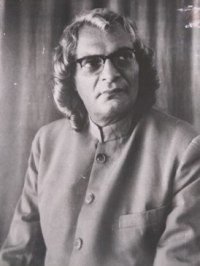
Achievements and Recognitions
Sumitranandan Pant’s work earned him numerous accolades throughout his career, solidifying his status as one of India’s foremost poets.
- Sahitya Akademi Award (1960): Pant received this prestigious award for Kala Aur Budhdha Chand, a collection that explores philosophical and metaphysical themes through deeply evocative language.
- Padma Bhushan (1961): In recognition of his contribution to Hindi literature, Pant was awarded the Padma Bhushan, one of India’s highest civilian honors.
- Jnanpith Award (1968): Pant was the first Hindi poet to receive the Jnanpith Award, India’s highest literary honor, for his work Chidambara, which showcased his evolving poetic voice and his contributions to Hindi literature.
These achievements highlight Pant’s influence on Indian literature and the respect he garnered from literary and cultural institutions.

Legacy
Sumitranandan Pant’s work has left a lasting legacy in Indian literature, particularly in Hindi poetry. His lyrical and philosophical approach paved the way for future poets to explore themes beyond traditional subjects. Pant’s influence is evident in the works of modern Hindi poets who have drawn inspiration from his love for nature, deep empathy for humanity, and commitment to social justice.
Pant’s legacy also lives on through the Sumitranandan Pant Gallery, a museum established in his birthplace of Kausani. This museum houses his personal belongings, manuscripts, and letters, providing visitors a glimpse into his life and work. Additionally, his work is studied in literature courses across India, and his poems continue to be read and appreciated by generations of poetry lovers.

Conclusion
Sumitranandan Pant was more than just a poet; he was a visionary whose work transcended the boundaries of time and language. Through his words, he captured the beauty of nature, the depth of human emotions, and the essence of the world around him. Pant’s poetry remains relevant today, as it speaks to universal themes of love, beauty, and the quest for meaning. His contributions to Hindi literature have cemented his place as one of India’s greatest poets, whose legacy will continue to inspire readers and writers for generations to come.
